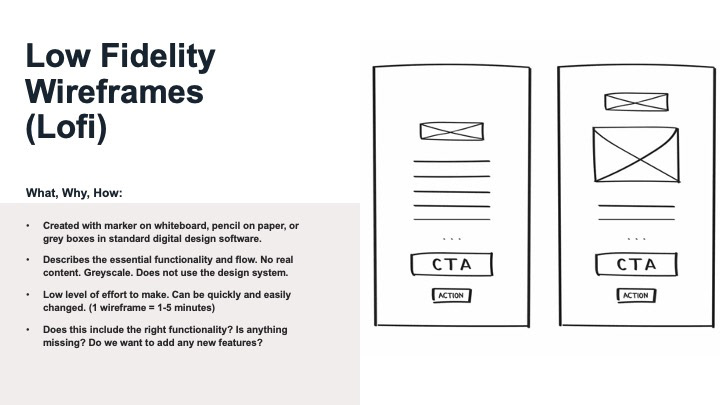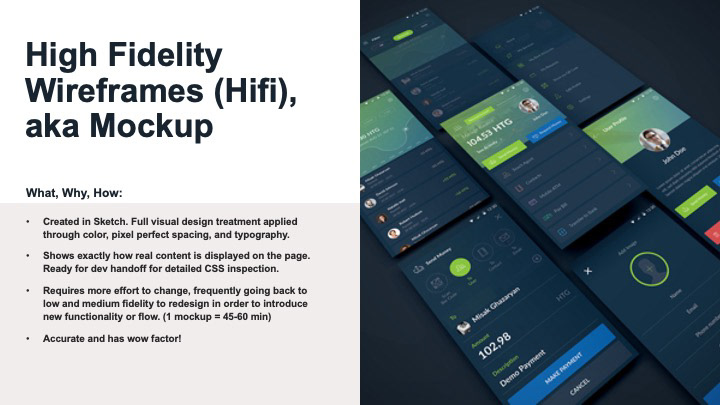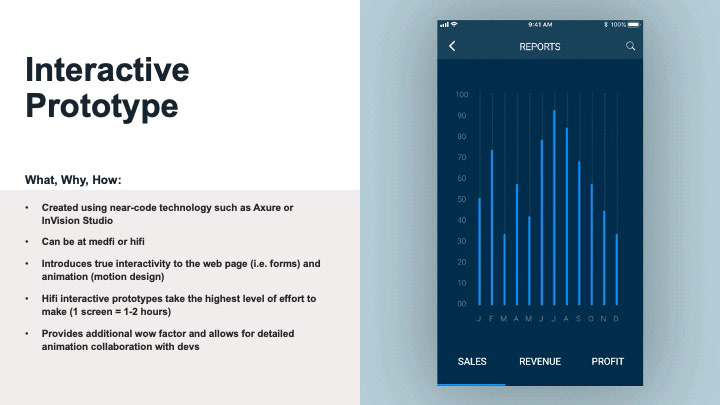Scenario
Problem
On one multi-million dollar software delivery project with a hundreds-strong team of developers, QA testers, and functional analysts, I was part of a newly formed design team. Some of these people had been working together for years, but never had a team of designers from "the Studio" before. We struggled to get on the same page about our expectations of each other. When we tried to work together, the functional team was unhappy with the early wireframes they saw, the meetings went off-topic, and there was confusion over who was responsible for what between business analysts and UX designers.
Insight
I realized we needed to take responsibility for the problem, since the design team had never properly communicated what we were trying to do. Our collaborators, used to waterfall, were unfamiliar with the iterative design process. They were doing their best to contribute with a predefined end result in mind. However, we couldn't get frustrated when we got the "wrong" kind of feedback for what we presented.
Solution
To help address this problem, I created this deck and gave a presentation on the design process, with particular emphasis on the meaning of various kinds of wireframe deliverables. Of course, this was just one part of longer journey and many more discussions to build trust and respect across all our relationships.
At that early stage, I wanted to emphasize that despite the traditional view of designers as being visual output-oriented (cough, pixel-pushers), we add strategic value as active decision-makers who influence the usability of the product through specific interface choices. Low and mid-fidelity wireframes act as a discussion aide that make concrete potential ideas to make it easier to compare the pros and cons of each decision. I also included sample questions to kick off the discussion as we work our way from broader to more detailed UX and UI decisions.
Effect
After this effort to lay the foundation, it was easier to work together. The team could reference explicitly what stage we were in and therefore what we were hoping to accomplish with our time together each meeting. On the other hand, it also kept the designers honest because we had to live up to the commitments to quality outlined for each stage.
Sample Slides











